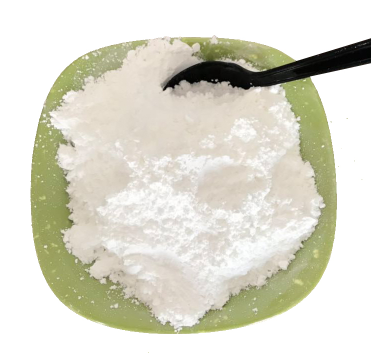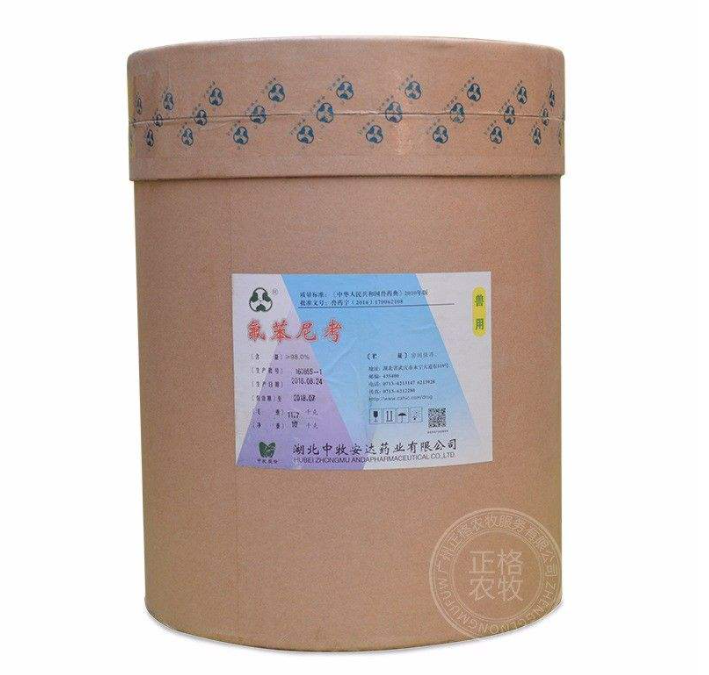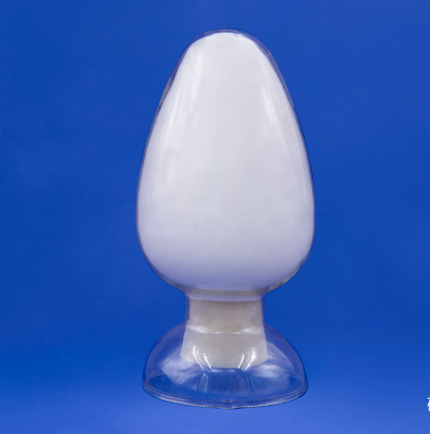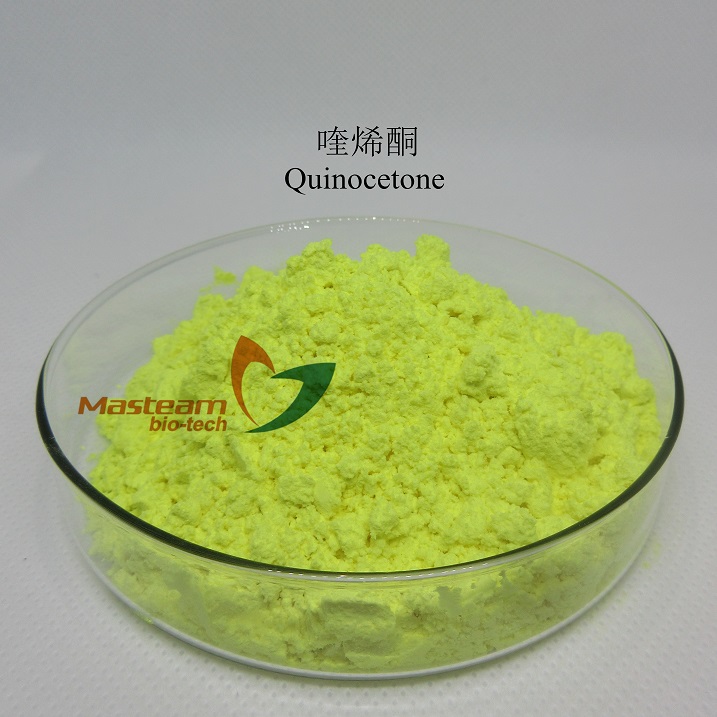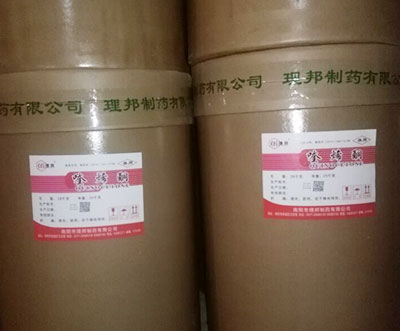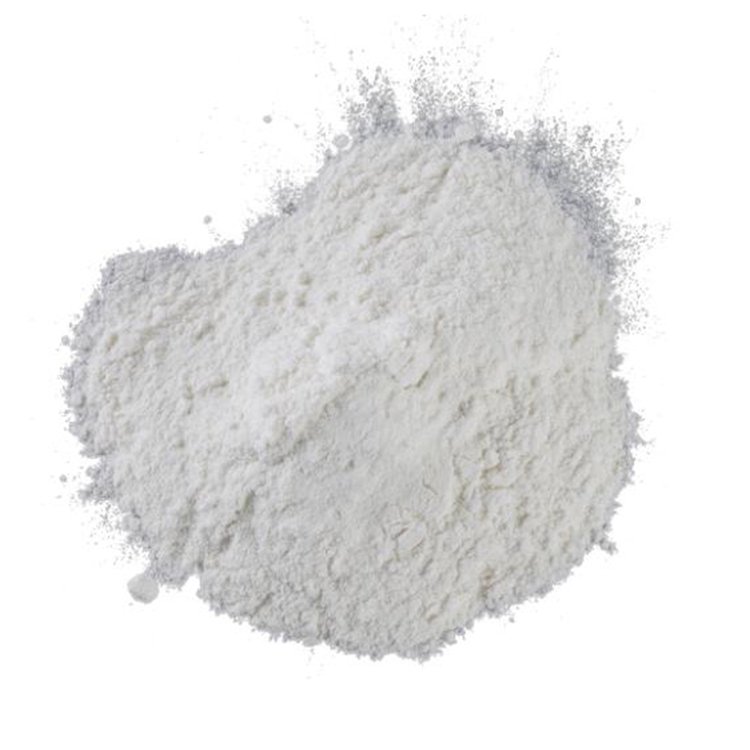Pharmaceutical Raw Materials
Veterinary API
Antiallergic Drugs
Hormones and Endocrine Drugs
Drug Metabolism
Pharmaceutical Intermediates
Synthetic Anti Infective Drugs
Specialty Drugs
Vitamins and Minerals Medicines
Feed Drug Additive
Antineoplastic Agents
Nervous System Drugs
Respiratory Drugs
Diagnostic Agents
Anti Stress Drugs
Antipyretic Analgesics
Antiparasitic Drugs
Circulatory System Drugs
Biochemicals
Blood System Drugs
Immune System Medication
Pharmaceutical Excipients
Fluid, Electrolyte, and Acid-Base Balance
Urinary System Drugs
Antibiotics
Anesthetic Agents
Inhibitors
Other Chemical Drugs
Digestive System Drugs
Alias
More Information
AGRI-MEK(R); Acimic; Abacide; Abamectine; Dynamec; avid; Avermectin B1a
Brief Introduction
It is mainly used in the production of antiparasitic drugs.
Suppliers
View More Vendors (2) >
CAS:73231-34-2
Molecular Formula:C14H20FNO4S
Alias
More Information
2R)-1-(Fluoromethyl)-2-Hydroxy-2-[4-(Methanesulfonyl)Phenyl]Ethyl]Acetamide; Nuflor; Aquafen; Fluorothiamphenicol; 2,2-Dibromodecafluoropentane; 2,2-Dichloro-N-[(1R,2S)-3-Fluoro-1-Hydroxy-1-(4-Methylsulfonylphenyl)Propan-2-yl]Acetamide; Florfeniol; Aquaflor; (-)-Florfenicol
Brief Introduction
This product is antibacterial. It is used for the bacterial diseases of pigs, chickens and fish caused by sensitive bacteria, veterinary antibiotics, and bacterial diseases of pigs, chickens and fish caused by sensitive bacteria, especially for respiratory system infection and intestinal infection.
Suppliers
View More Vendors (2) >
CAS:7704-67-8
Molecular Formula:C38H68N2O13S
Alias
More Information
Erythromycin, Thiocyanate (Salt); Erythromycin (Thiocyanate)
Brief Introduction
This product is an antibiotic, mainly used for the treatment of penicillin resistant Staphylococcus, Streptococcus and other infections.
Suppliers
View More Vendors (2) >
CAS:81810-66-4
Molecular Formula:C18H14N2O3
Alias
More Information
1-(3-Methyl-1,4-Dioxido-2-Quinoxalinyl)-3-Phenyl-2-Propen-1-One; 3-Methyl-2-Quinoxalinbenzenevinylketo-1,4-Dioxide; 2-Cinnamoyl-3-Methylquinoxaline 1,4-Dioxide; 3-Methyl-2-Cinnamoyl-Quinoxaline-1,4-Dioxide; 1-(3-Methyl-2-Quinoxalinyl)-3-Phenyl-2-Propen-1-One N,N'-Dioxide; (E)-1-(3-Methyl-4-Oxido-1-Oxoquinoxalin-1-Ium-2-Yl)-3-Phenylprop-2-En-1-One
Brief Introduction
Quinoenone is a national new drug officially approved by the Ministry of agriculture in August 2003. It is a new veterinary drug initiated by China in the world. The drug has the characteristics of bacteriostasis, safe use, rapid metabolism and obvious effect. It is not only suitable for pigs, birds and aquatic products, but also suitable for disease prevention and growth promotion of young livestock and young birds.
Suppliers
View More Vendors (2) >
CAS:850-52-2
Molecular Formula:C21H26O2
Alias
More Information
17-Allyltrenbolone; Allyl Trenbolone; Ru2267; Drc6246; R2267; Regumate; Altregonest
Brief Introduction
Clinically, tetraestrone is mainly used to regulate the estrous cycle of pigs and horses, promote simultaneous estrus and maintain pregnancy. It is used in other animals such as cheetah, spotted tiger cat, zebra and dolphin.
Suppliers
View More Vendors (2) >
Inquiry (
10
/ 10
)
Clear All
Sign In
Error!

